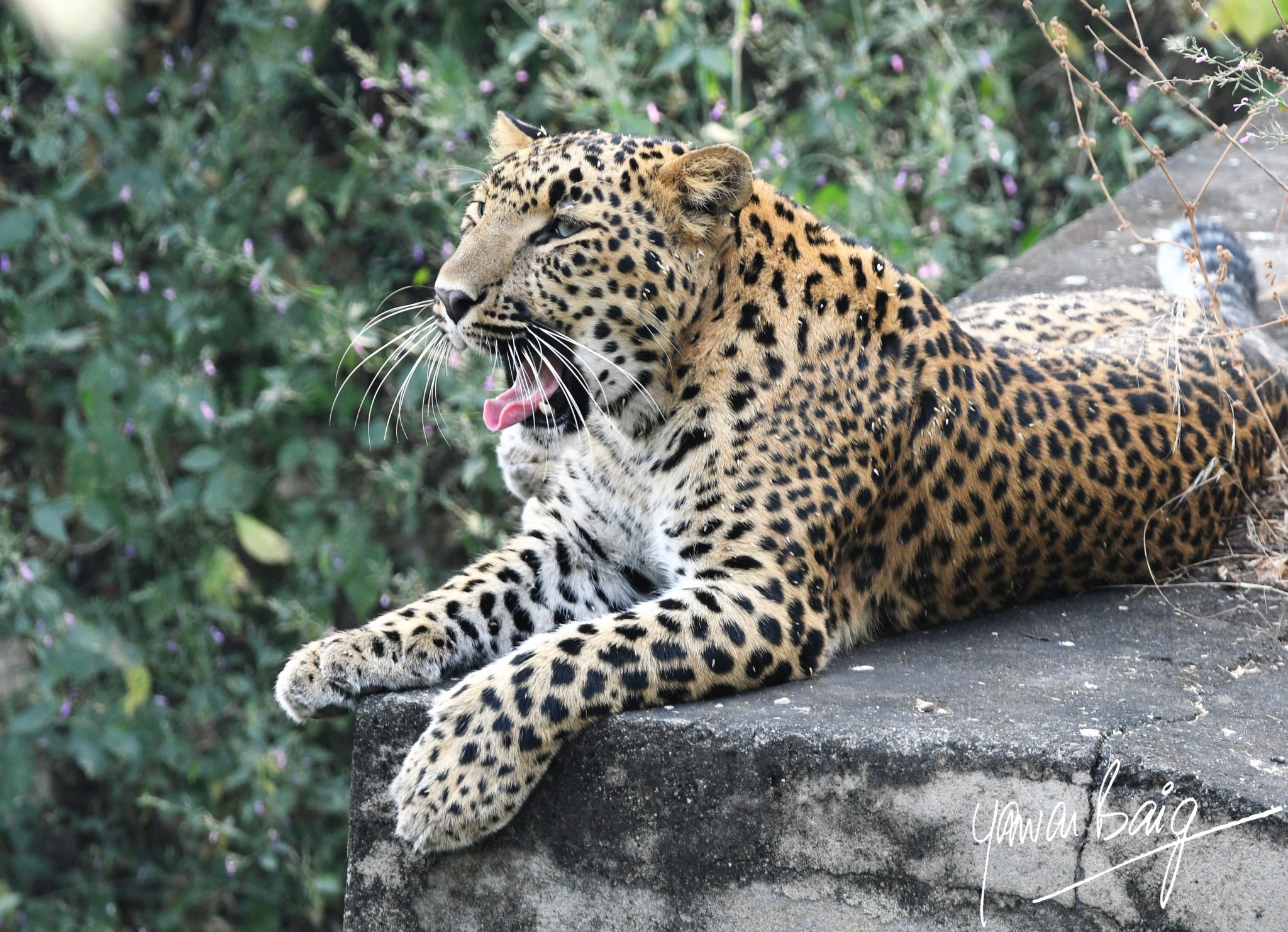There are ocean people and mountain people; and yet others who are city people. I am of the forest people. Wildlife, open spaces, mountains, and forests have always been a very significant influence in my life. There is an instant connection that I find with forests. I rejuvenate myself regularly by spending time in forests, listening to them, watching animals, and simply being. The sounds of the forest herald the passing of time and the arrival of the night and day. And they vary from place to place. In Central India the first heralds of the night are Jungle Fowl roosters. They start calling (as they do at the approach of the morning) as they go to roost. They make sure that they are perched high up out of harm’s way well before it becomes fully dark.
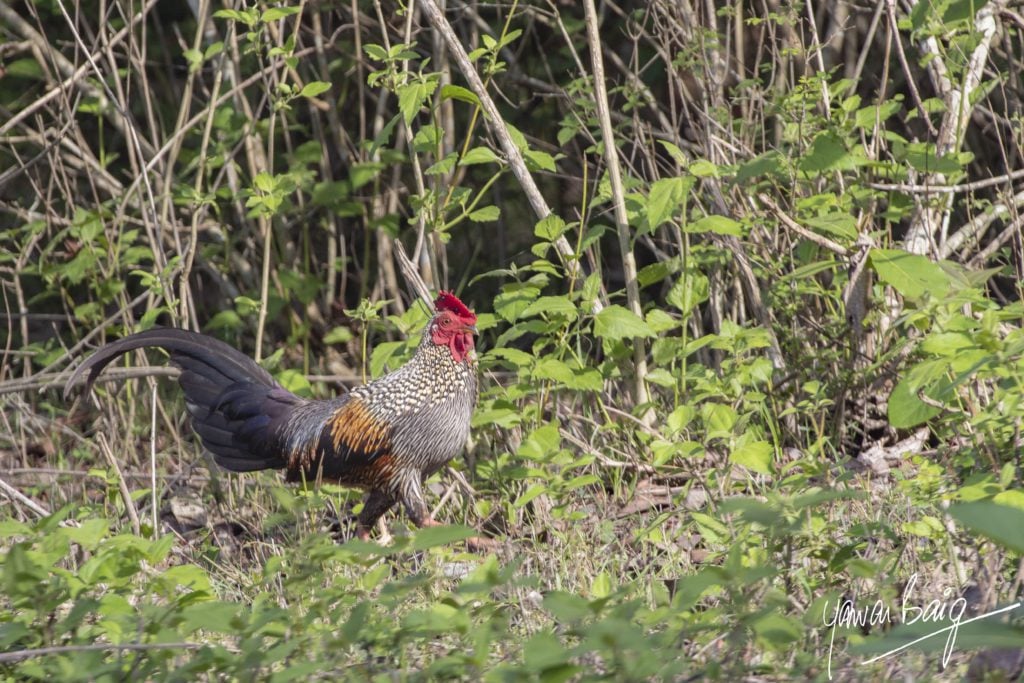
After the Jungle Fowl roosters come the calls of the Langur sentinels who boom out their announcement to the world. These calls are not alarm calls. They are just to let their troops know that it is time to settle down for the night. Closer at hand you can hear the ‘Brrrrr!!’ of the Nightjar as it settles in the middle of a path or in a clearing and suddenly darts up to catch the unwary moth.
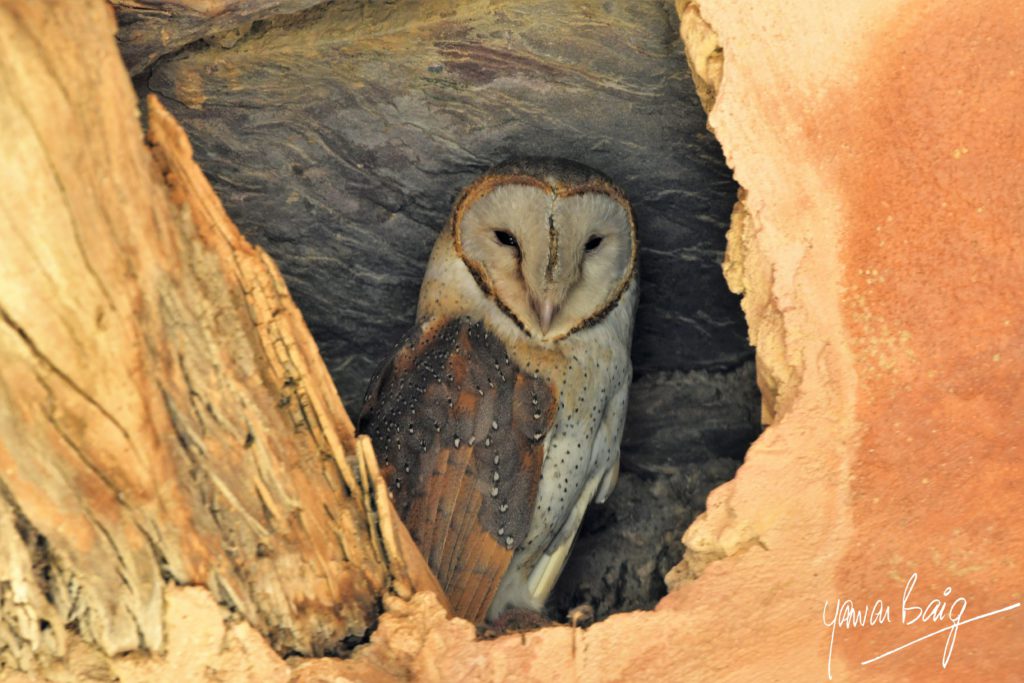
As the sky darkens, you hear the hoot of the newly awake owl (many different species) as it ruffles its feathers and gets ready to take off on its nocturnal hunt. Then there is silence for a while.
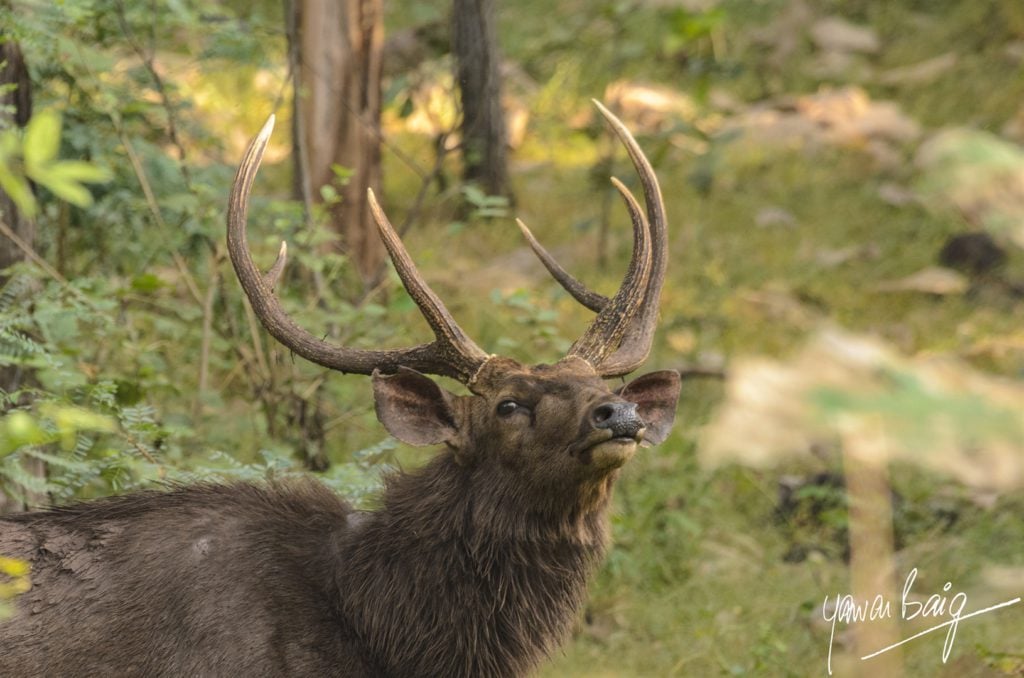
As the night progresses and if you are lucky, you can suddenly hear the ‘Dhank! Dhank!’ alarm call of the Sambar as it sights a Tiger or Leopard out on the prowl. Sometimes you will hear the sawing growl of the leopard. The sawing call of the leopard is for courtship. Usually, the cats move silently so as not to alarm their prey.
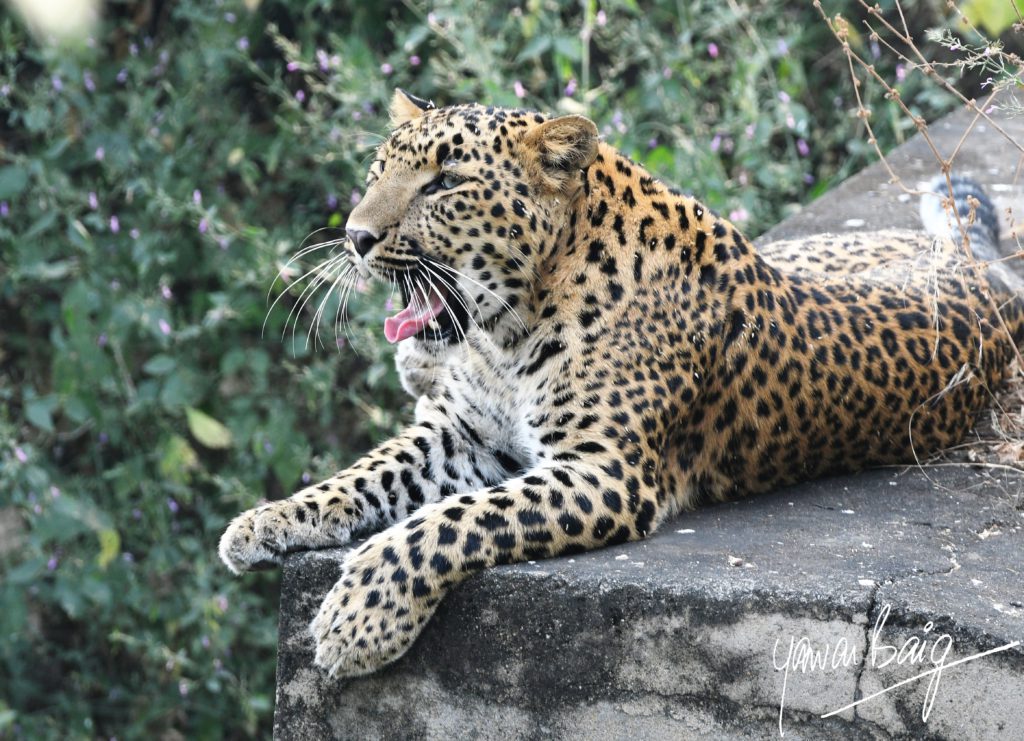
In the winters late in the night you will hear the moaning roar of the tigress, during which she literally bends down and booms off the earth and the sound of which travels for many miles. Sometimes the tigress calls continuously for hours. At other times you will hear her on and off. At all times it is a thrilling sound guaranteed to raise the hair on the back of your neck. Tigers don’t have a breeding season as such, but I seem to recall hearing them mostly in the winter in the Sahyadri Hills.
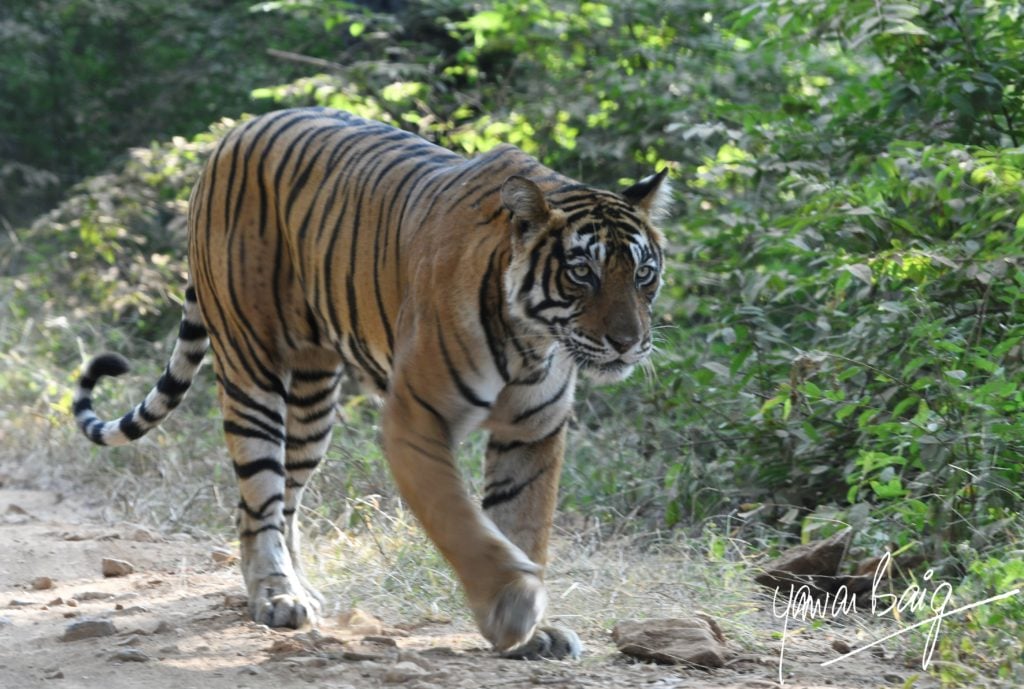
Further south in the Anamallais, which is prime elephant country you can hear the real king of the forest as the whole clan moves along, grazing. Branches breaking, sometimes a tree pushed over so that the hungry pachyderm can get at the succulent leaves at the top, which he loves. The rumbling of their bellies and the snorting of mothers and aunts as they try to keep the calves in line. Calves squealing and the sounds of playful trumpeting as they sometimes engage in mock battles. Sometimes you can hear the long moaning rumble of the matriarch as she calls to others who only she knows about. This low frequency sound carries for many miles and is answered by other family groups in the vicinity. As they are all happily going about their business of feeding and playing, the wind changes and they get a scent of you sitting in the tree. And there is change as if by magic. The noisy group of huge animals instantly falls silent and moves through the forest like shadows. It seems amazing to those who have not had the good fortune of encountering elephants in the wild and have not seen how silently and quickly they can move in the thick forest. Not a leaf crackles. Not a branch snaps underfoot. When the elephant wants to move silently, he becomes a ghost. And is gone.
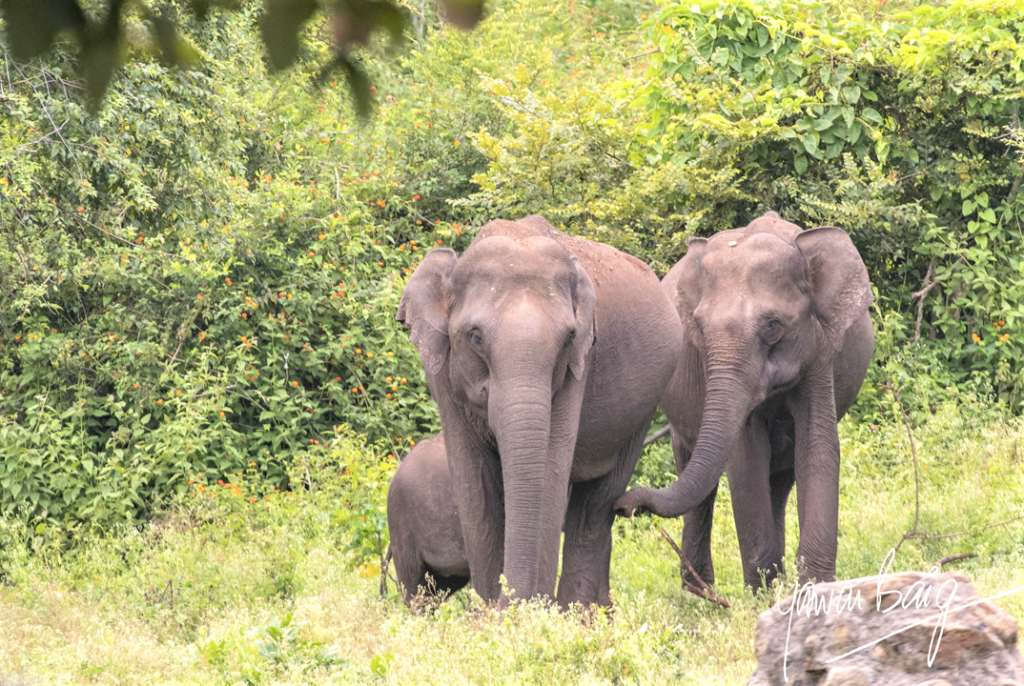
There are many stories in these forests, waiting to be told. So, what’s a good place to start? In another forest; in Sethpalli, on Uncle Rama’s farm. Uncle Rama (Venkat Rama Reddy alias Bobby Reddy) was the younger brother of Aunty Mohini Rajan, my first and dearest mentor. Both were children of Justice Raja Laxma Reddy of the Hyderabad High Court and grandchildren of Raja Venkat Rama Reddy, Kotwal of Hyderabad. The forest in Sethpalli, Adilabad District, is a semi deciduous forest with some teak plantation interspersed with local species like Neem, Acacia, Ber, Katha and others. I was sitting on the bank of the river Dotti Vaagu, a little way upstream from where it joins with the river Kadam. As most of these rivers dry up in the summer, you can walk up long distances on the riverbed, where though the soft sand underfoot makes the going a little strenuous it saves you from the thorn bushes on the bank. If you walk up in the Kadam streambed and turn right to go up the Dotti Vaagu, you will come to some deep pools in a very shaded spot. The water there does not dry out for a long time even in the summer. It is amazing how, as I write this today more than 40 years later, I can literally see in my mind the river, the pools, the bamboo fronds that cover that part of the forest, the light, and shade. Memory is a powerful thing indeed. We didn’t have cameras then, but we lived these beautiful times, and the memory will stay with me for as long as I live. After that, who cares?
I was sitting in a blind that had been cut into the middle of an Acacia thorn bush. Very cramped space, a log to sit on and a small space opened in the front of the bush to stick the barrel of the gun through to give me a clear shot, if some animal came to the pool. The bush itself was about 50 yards up the slope that borders the water hole. On this very hot summer day, this is the only source of water for miles around, left over dregs of Dotti Vaagu.
When you sit silently, you become a part of the surroundings. Your ears initially buzz with the residual sound of the bustle you left behind. But after a while, they fall silent and then you begin to hear the sounds of the forest. The buzzing of the cicadas, the incessant call of the Brain-fever bird (Common hawk-cuckoo which looks like the Shikra, even in the way it flies and lands), and the distant barking of dogs from the village. Try to identify each sound, its direction, proximity, and who is making it. It pays to do this.
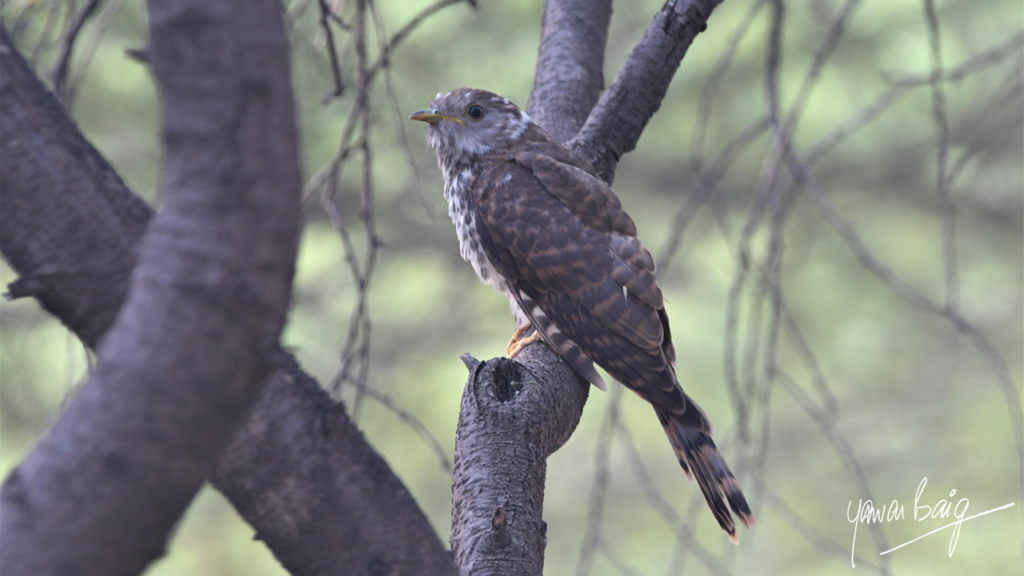
Then as your ears get more attuned to the sounds, you start hearing the subtler ones; the rustle of the leaves as a rat snake makes his way from one shaded spot to another, the cooing of the turtle doves, bark of the Chital sentry when she sees something alarming. You hear the breeze in the dry leaves on the forest floor as they play chase with each other. The teak trees having shed most of their leaves, the dominant color is brown. There is very little shade, except under the Acacia thorns like the one I am sitting in. There is some bamboo, but most of it is young and does not provide shade. There are no elephants in this forest, but the Bison (Gaur) browse on what they can reach of the bamboo and so do the Chital, Sambar, and Nilgai.
As I sit very still, even controlling my breathing, knowing that above all else it is movement that attracts attention and becomes visible, I suddenly see a pair of jackals materialize in front of me. The bitch is more cautious and lags. The dog is ahead. Both sense that something is perhaps not as it should be. However, the wind is blowing steadily in my face and so I know they can’t smell me. The bitch even looks directly at me; perhaps she knows, maybe she can sense the rise and fall of my chest as I breathe or maybe it is an old memory she is trying to place. The moment passes and she follows her mate into the open. First, they drink, then they sit in the water at the edge of the pool and cool off in the intense heat of the day. Then they start playing, chasing each other around like little puppies, secure in the knowledge that they are alone. It is a very rare moment for me, to be observing animals doing what they do when they are not afraid. This is the payoff for all the hours of waiting, the heat, the sweating, and the patience to be silent all the time.
Even if I had a video camera, it could never capture the entire atmosphere; the excitement, the challenge of sitting silent and still like a tree stump, my outline broken by the bush I am sitting inside. The memory of those jackals is still so vivid in my mind that even today, 40 years later, I can see them playing in and around the water. Nothing lives that long in the wild. That pair of jackals is long gone. But I will remember them and that day, all my life.
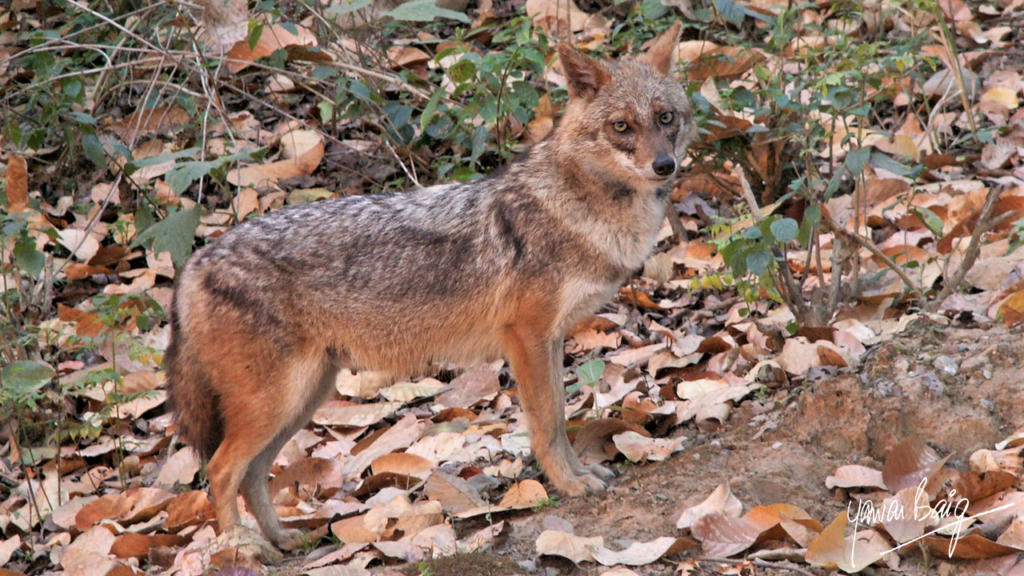
After a while I realize that the jackals are a mixed blessing. Their presence will allay the fears of other animals heading to the water, as it is an indication that all is well. But at the same time, it will keep the smaller game, the Chinkara, the Chowsinga, and the Black-naped hare away from the water hole. I want to make them leave but without alarming them so much that they warn everyone else of my presence. I gently clear my throat.
It is as if an electric shock goes through their bodies. One minute they are carefree playmates. The next instant they go rigid for a split second and then like a flash, they are gone, each in a different direction to confuse the pursuer. I settle once again into the ritual of watching life happen.
This enforced immobility and silence, the attendant boredom, initially; then the flow of thoughts in the mind, while trying to keep aware of the surroundings, is an incredibly powerful exercise for introspection. Waiting for and watching animals on a watering hole is the best way to do it.
